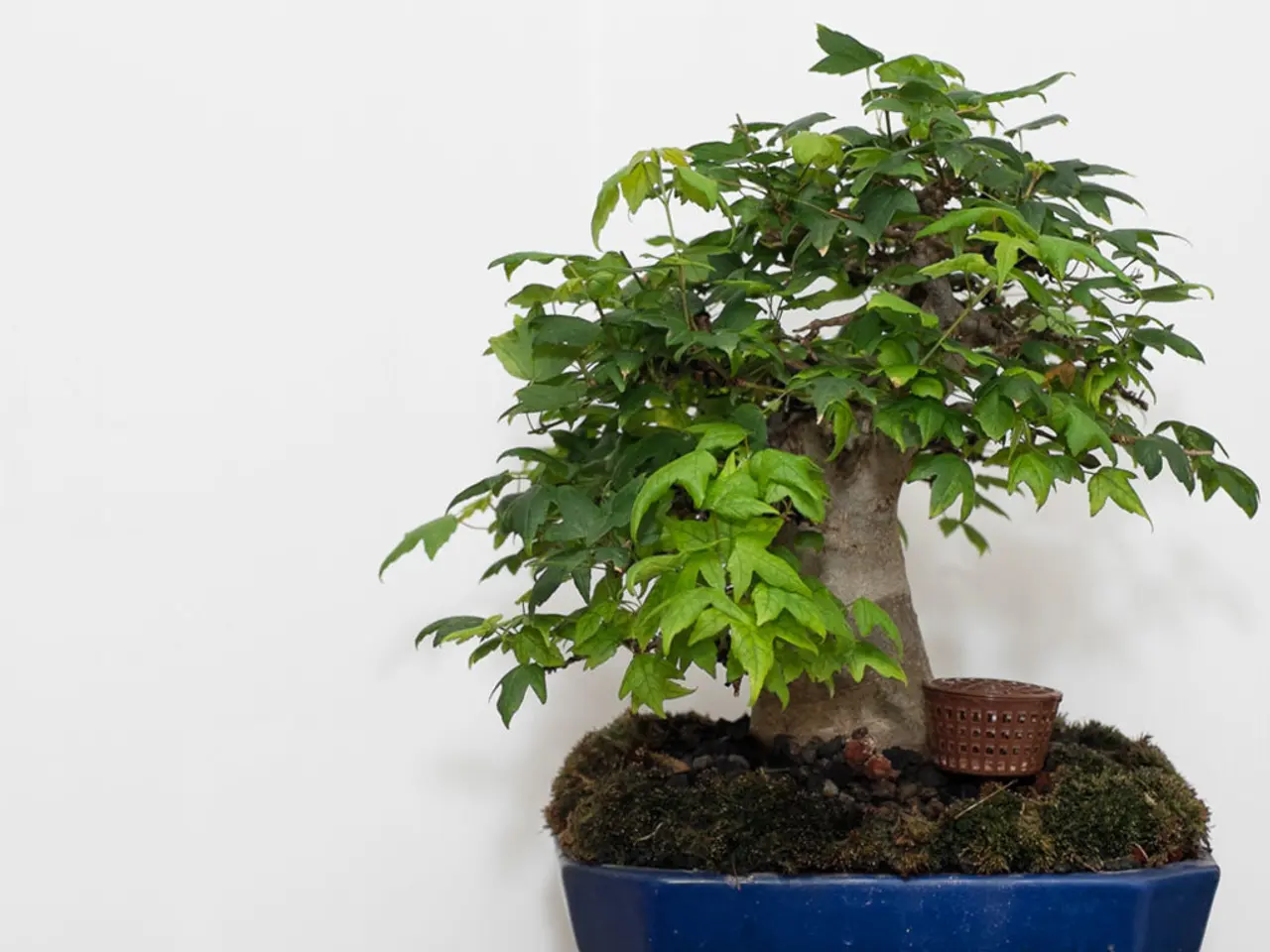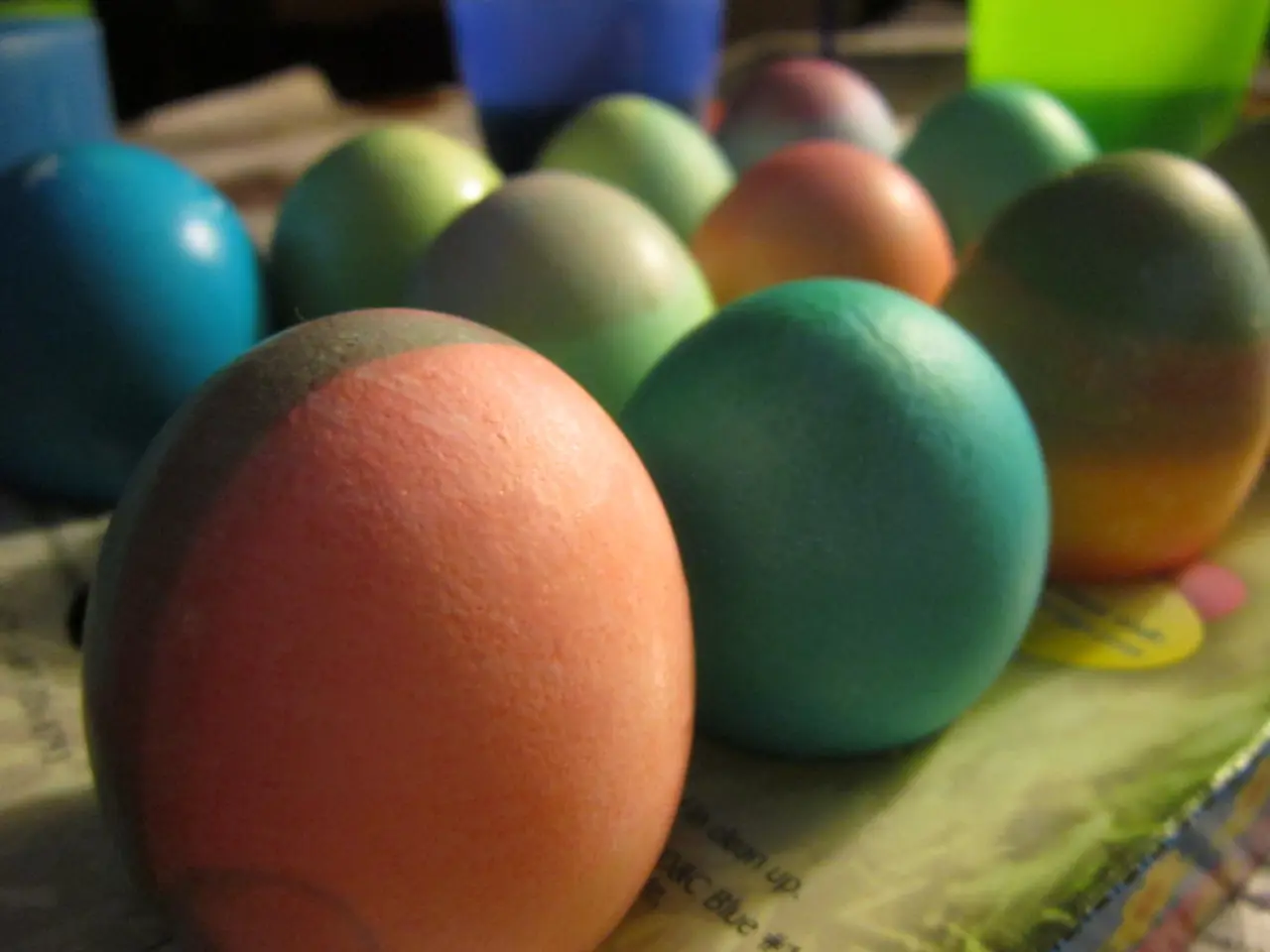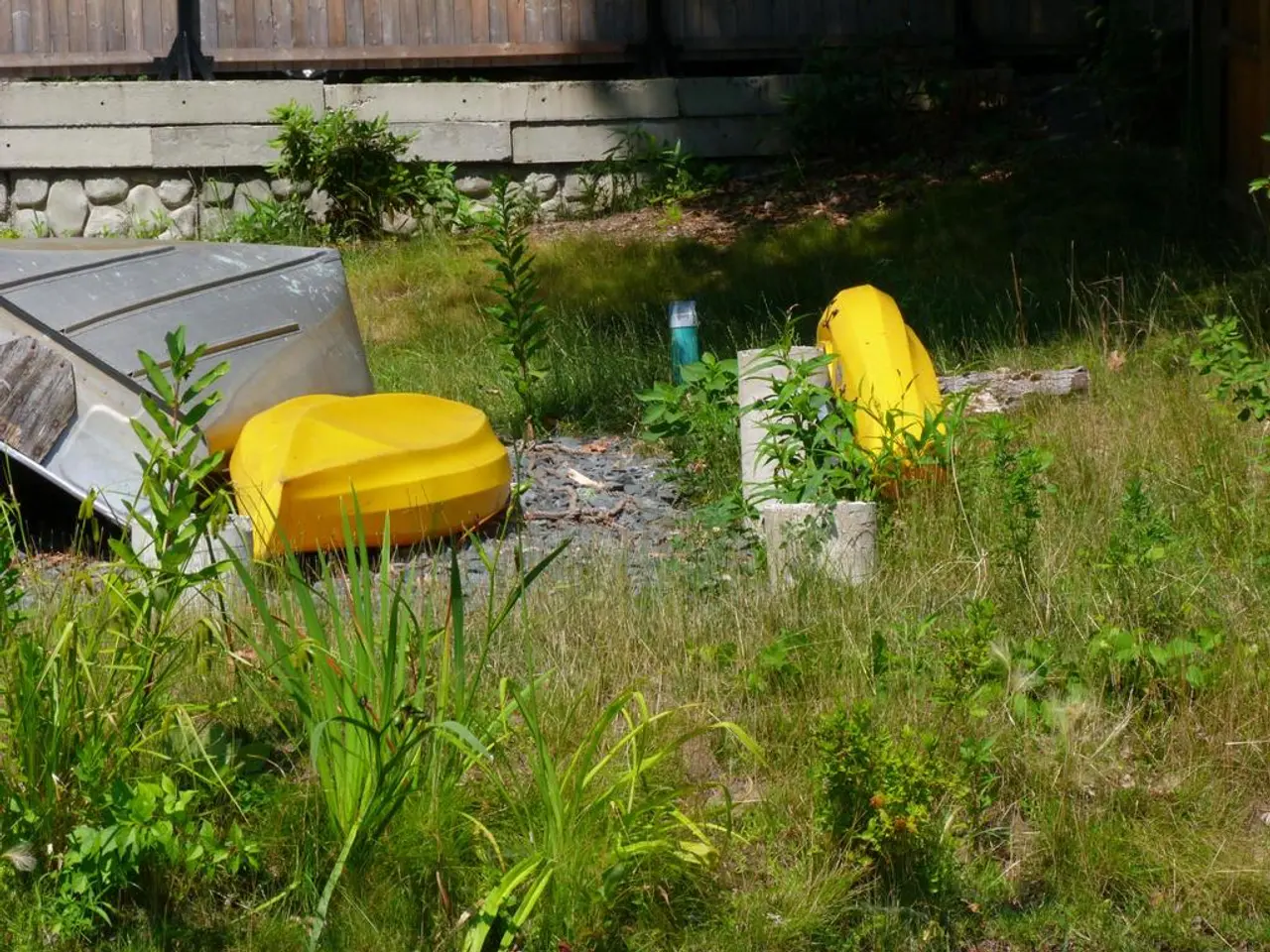Care Instructions for Dwarfed Elm Tree
=====================================================================
The Chinese Elm Bonsai, a popular choice for indoor plant enthusiasts, is a versatile and attractive tree that originated in China, Korea, and Japan. With its unique branch structure, gnarled trunk, and vibrant bark, this bonsai tree is a delight to cultivate and maintain. Here's a step-by-step guide to help you care for your Chinese Elm Bonsai indoors.
Temperature
To ensure the health and well-being of your Chinese Elm Bonsai, it's essential to provide a stable temperature typical of living spaces. Avoid cold drafts as these bonsais prefer moderate warmth. Maintain a temperature range comfortable for indoor environments.
Lighting
Your Chinese Elm Bonsai will thrive with 4-6 hours of bright, indirect light daily. If natural sunlight is insufficient, consider using grow lights to supplement its light requirements.
Watering
Check the soil daily, and water thoroughly when the top inch feels dry. However, avoid waterlogging as it can lead to root rot. It's crucial to maintain well-draining soil to prevent this issue.
Humidity
Indoor environments can often be dry, which can negatively impact your Chinese Elm Bonsai. To increase humidity, mist the leaves regularly or use a humidity tray.
Fertilizing
Feed your Chinese Elm Bonsai with a balanced bonsai fertilizer during the spring and summer months to support its growth.
Pruning
Regular pruning is necessary to maintain the desired shape of your Chinese Elm Bonsai. Trim new shoots and remove dead or yellowing leaves. Use sharp, clean pruning shears to avoid damaging the bark or branches.
Repotting
Every 2-3 years, it's a good idea to repot your Chinese Elm Bonsai to refresh the soil and prevent root-bound conditions. The ideal time to repot is in early spring. Use a well-draining bonsai soil mix, such as akadama, pumice, and lava rock.
Common Pests
Monitor your Chinese Elm Bonsai for common pests such as aphids, spider mites, and scale insects. Treat infestations promptly with insecticidal soap or neem oil.
In conclusion, with regular watering, fertilizing, pest control, and pruning, you can promote a healthy and attractive Chinese Elm Bonsai indoors. This tree is a popular choice among both beginners and experienced hobbyists due to its easy-to-care-for nature. Enjoy cultivating and nurturing your Chinese Elm Bonsai, and watch it flourish in your home.
[1] Bonsai Empire. (n.d.). Chinese Elm Bonsai Care Guide. Retrieved from https://bonsaiempire.com/bonsai/chinese-elm-bonsai-care-guide/
[2] The Spruce. (2021). Chinese Elm Bonsai Care: How to Grow and Care for a Chinese Elm Bonsai. Retrieved from https://www.thespruce.com/chinese-elm-bonsai-care-1412007
[3] The Bonsai Garden. (2021). Chinese Elm Bonsai Care: How to Grow and Care for a Chinese Elm Bonsai. Retrieved from https://www.thebonsaigarden.com/chinese-elm-bonsai-care/
[4] Gardening Know How. (2021). Chinese Elm Bonsai Pests: How to Get Rid of Them. Retrieved from https://www.gardeningknowhow.com/plant-care/bonsai/pests/chinese-elm-bonsai-pests.htm
Nurturing a Chinese Elm Bonsai indoors becomes a sanctuary within one's home-and-garden lifestyle. As your bonsai garden evolves with the addition of this versatile tree species, caring for your Chinese Elm Bonsai using bonsai care techniques can contribute to its attractive and healthy growth.




